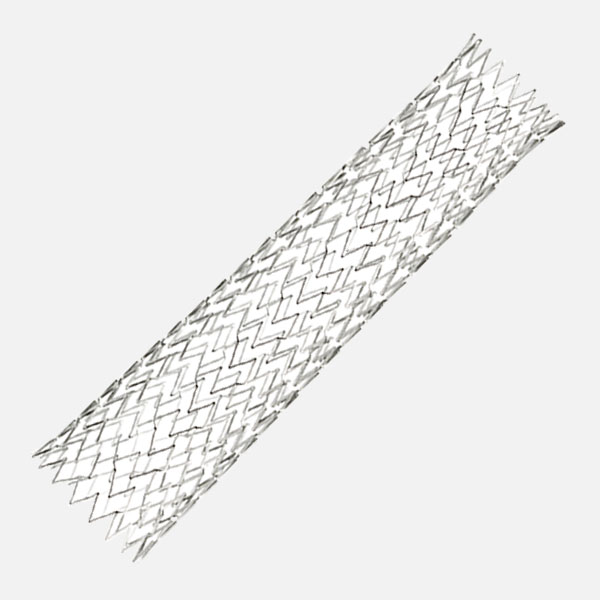Boston Scientific accounts are for healthcare professionals only.
Reverse the flow, advance the treatment
TCAR by ENROUTE is a cutting-edge, minimally invasive procedure designed to treat carotid artery disease and prevent strokes. By accessing the carotid artery through a small incision above the clavicle, ENROUTE uses Reverse Flow Technology to protect the brain from debris during the procedure. This innovative method allows for the safe placement of a stent, offering a lower risk of complications and a quicker recovery compared to CEA.1
The ENROUTE system
It’s not just a balloon, stent, or sheath. It’s a comprehensive system designed to deliver the durable outcomes of open surgery (CEA) with easier recovery for patients.
How TCAR by ENROUTE works
TCAR combines direct carotid artery access with robust flow reversal during stent placement to provide complete neuroprotection, with similar outcomes to CEA but in a less invasive procedure.
See how it works
Powered by Reverse Flow Technology
TCAR by ENROUTE uses Reverse Flow Technology to protect the brain during the procedures. Here's how it works:
- Flow Reversal: A pressure gradient is created between the high-pressure carotid artery and the low-pressure femoral vein. This gradient causes blood to flow backward from the carotid artery to the femoral vein, effectively reversing the direction of blood flow.
- Debris Capture: As blood flows backward, any embolic debris dislodged during the procedure is captured and filtered out, reducing the risk of stroke.
The filtered blood is returned to the body via the femoral vein, ensuring continuous neuroprotection throughout the procedure.
References:
Malas MB, et al. TransCarotid Revascularization with Dynamic Flow reversal versus Carotid Endarterectomy in the Vascular Quality Initiative Surveillance Project. Ann Surg. 2020 Sep 15. doi: 10.1097/SLA.0000000000004496. Epub ahead of print.





